
Range Rover Velar running costs and reliability
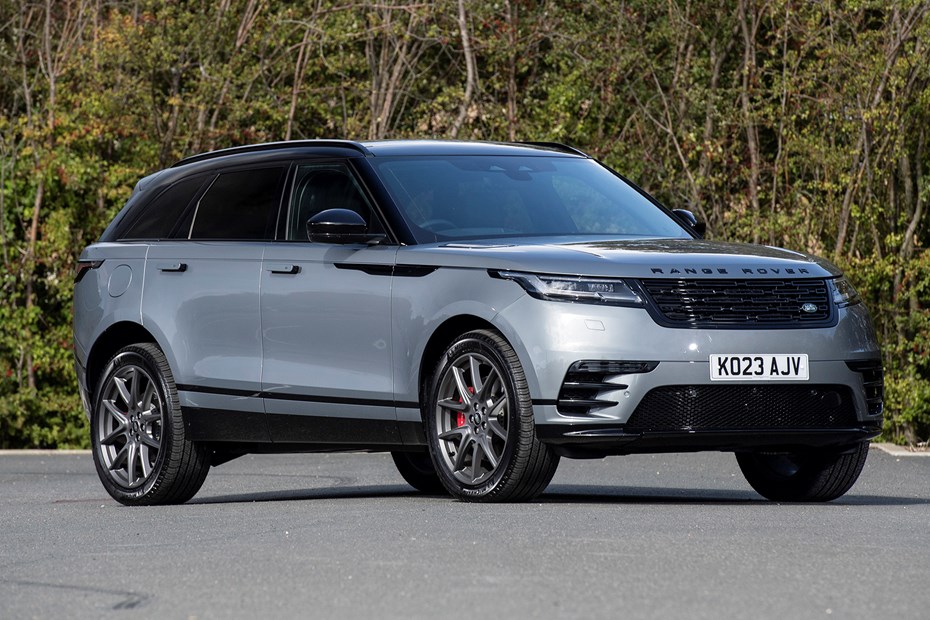
Miles per pound (mpp) ⓘ
| Petrol engines | 3.4 - 4.4 mpp |
|---|---|
| Diesel engines | 4.4 - 5.7 mpp |
| Plug-in hybrid petrol engines * | N/A |
Fuel economy ⓘ
| Petrol engines | 23 - 30 mpg |
|---|---|
| Diesel engines | 34.7 - 44.2 mpg |
| Plug-in hybrid petrol engines * | N/A |
- Running costs unlikely to be decisive reason for purchase
- Okay for an SUV, but hardly exceptional
- Residual values are proving strong though
What are the running costs?
While we don’t suppose anyone buys a Range Rover expecting it to be cheap to run, the Velar does have a few tricks up its sleeve. The mild-hybrid four- and six-cylinder engines are most efficient the company makes, but despite that, it records indifferent fuel consumption figures in official WLTP testing.
The least powerful 2.0-litre mild-hybrid D200 turbodiesel model will return fuel consumption in the high 30s mpg if you’re gentle, while you’ll be lucky top 20mpg in the range-topping P400 petrol, especially if you drive enthusiastically. That improves to around 25mpg in the entry-level P250 petrol. Still, it’s not all bad news…
There is one Velar with the potential for rock-bottom running costs, however – the P400e plug-in hybrid model. Land Rover claims up to 130mpg and CO2 emissions of just 49g/km. The latter ensures low company car bills and keeps the Velar on the right side of emissions regulations for a while yet. Fuel economy is harder to pin down, as it depends entirely on your charging habits – use the Velar’s 33 miles of electric range and charge up regularly, and you might see similar numbers, however on longer trips or prolonged periods without charging they will tumble.
Servicing and warranty
Land Rover’s fixed-price servicing plans help owners map out their future costs. Service intervals are dictated by your driving style, with an indicator on the dashboard telling you when it’s due. You can purchase upfront scheduled maintenance for five years with 50,000- or 75,000-mile plans.
All Velars come with a three-year/60,000-mile warranty, which is probably as long as most finance agreements, but lags behind most of the opposition, where five years is becoming the norm. We strongly expect the Velar to remain highly desirable for many years to come. This should ensure strong demand for secondhand models as well as new ones, helping to keep used prices – also known as residual values – high.
Reliability
- Land Rover reliability is not highly rated
- Based on same platform as Jaguar F-Pace
- Latest models promise improved quality
The Range Rover Velar doesn’t have a great record for reliability with users reporting lots of niggles and small issues that mar an otherwise pleasant ownership experience. There do not appear to have been any major issues, but there have been some problems with the AdBlue system, power steering, creaking suspension components and the media system electronics, as well as some general concerns from owners about build quality.
Sad to say, but Range Rover’s parent brand Land Rover has consistently struggled with reliability over the past recent years. What you do find, though, is that owners like the cars so much – thanks to their design and driving experience – that they are often prepared to put up with these problems.
Ongoing running costs
| Road tax | £590 - £600 |
|---|---|
| Insurance group | 31 - 50 |
Get an insurance quote with

|
|



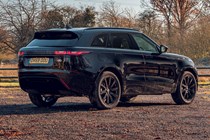
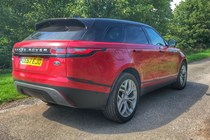
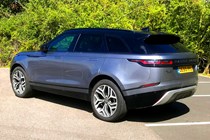
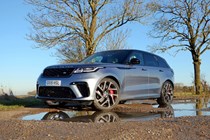

.jpg)
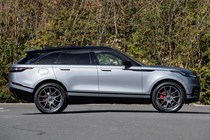
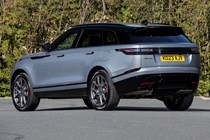
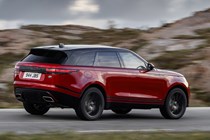
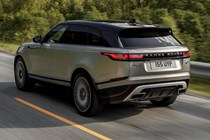

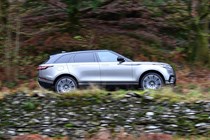
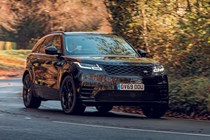
.jpg)
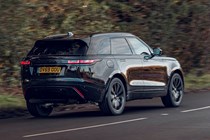
.jpg)
.jpg)
.jpg)
.jpg)
.jpg)
.jpg)
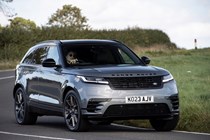

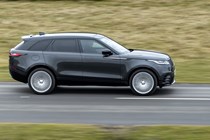


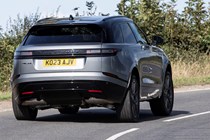
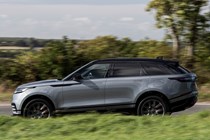
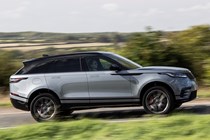
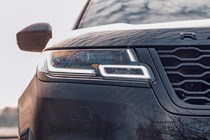
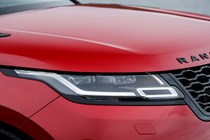
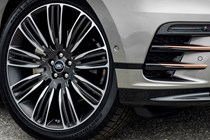
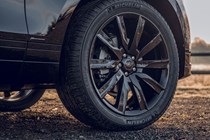

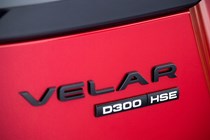
.jpg)
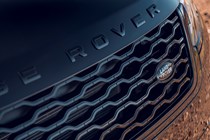
.jpg)
.jpg)
.jpg)
.jpg)
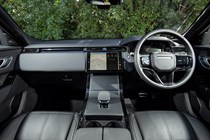
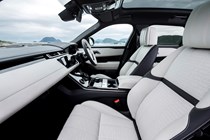
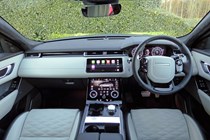

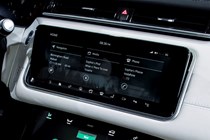
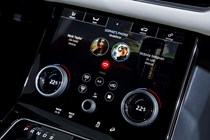

.jpg)
.jpg)
.jpg)
.jpg)
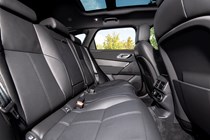
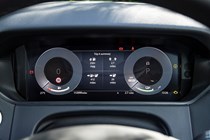
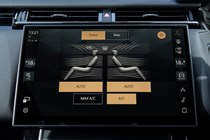
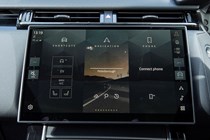
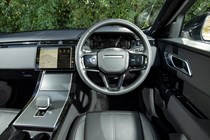
.jpg)
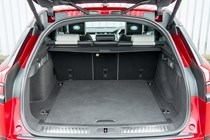
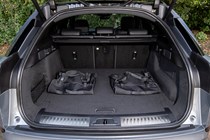
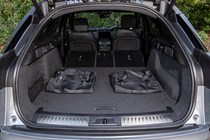
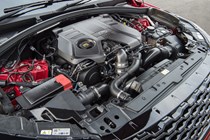






.jpg?quality=50)







.jpg?quality=50)

.jpg?quality=50)
.jpg?quality=50)
.jpg?quality=50)
.jpg?quality=50)
.jpg?quality=50)
.jpg?quality=50)














.jpg?quality=50)

.jpg?quality=50)
.jpg?quality=50)
.jpg?quality=50)
.jpg?quality=50)







.jpg?quality=50)
.jpg?quality=50)
.jpg?quality=50)
.jpg?quality=50)





.jpg?quality=50)



